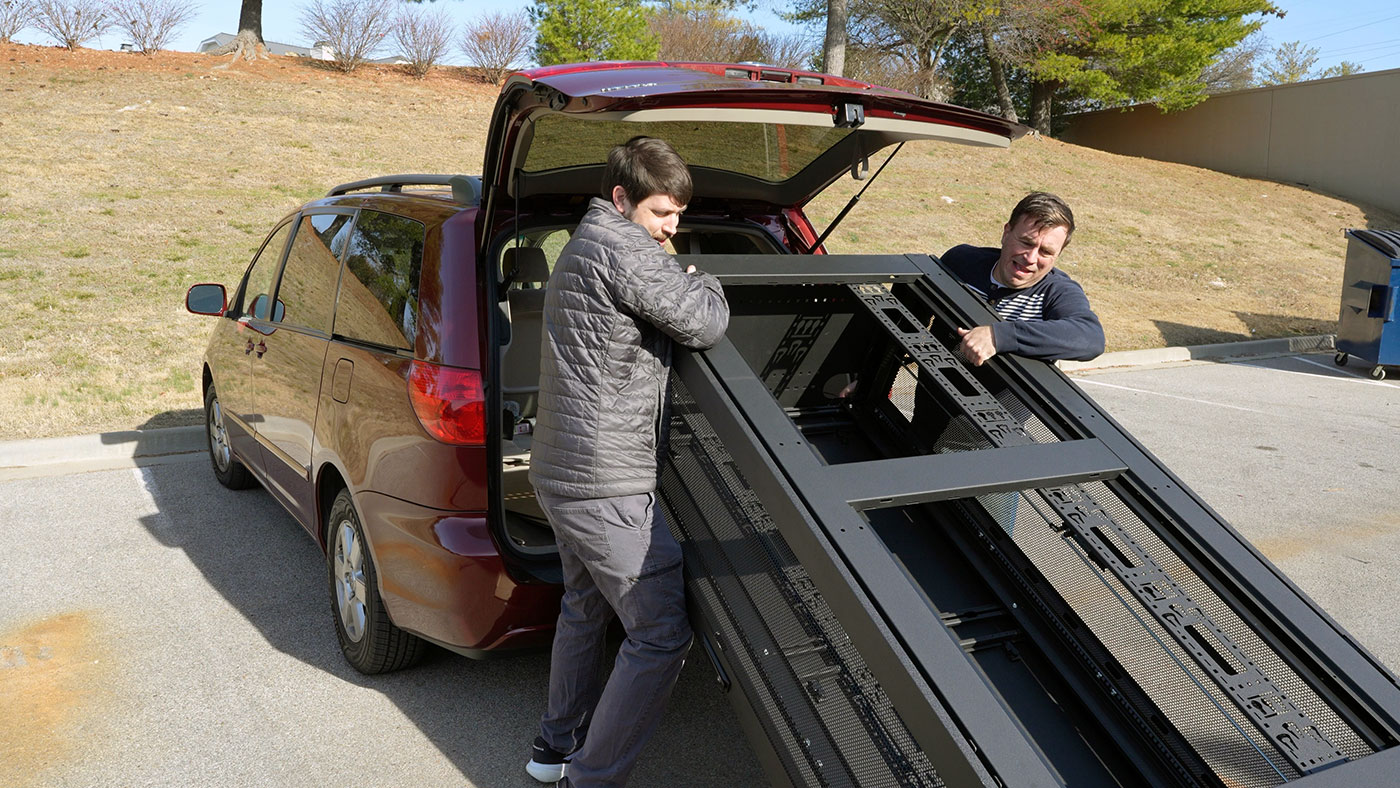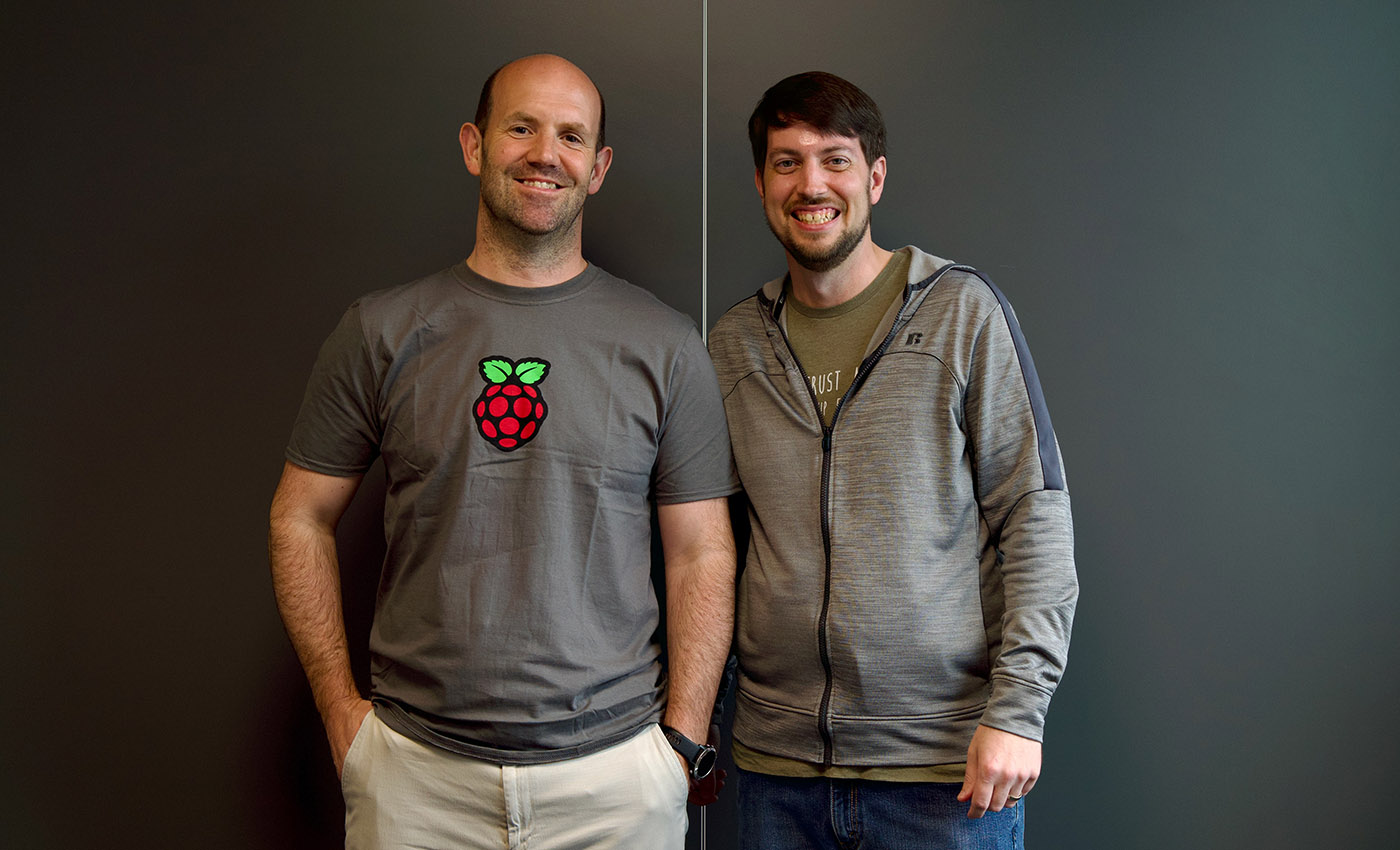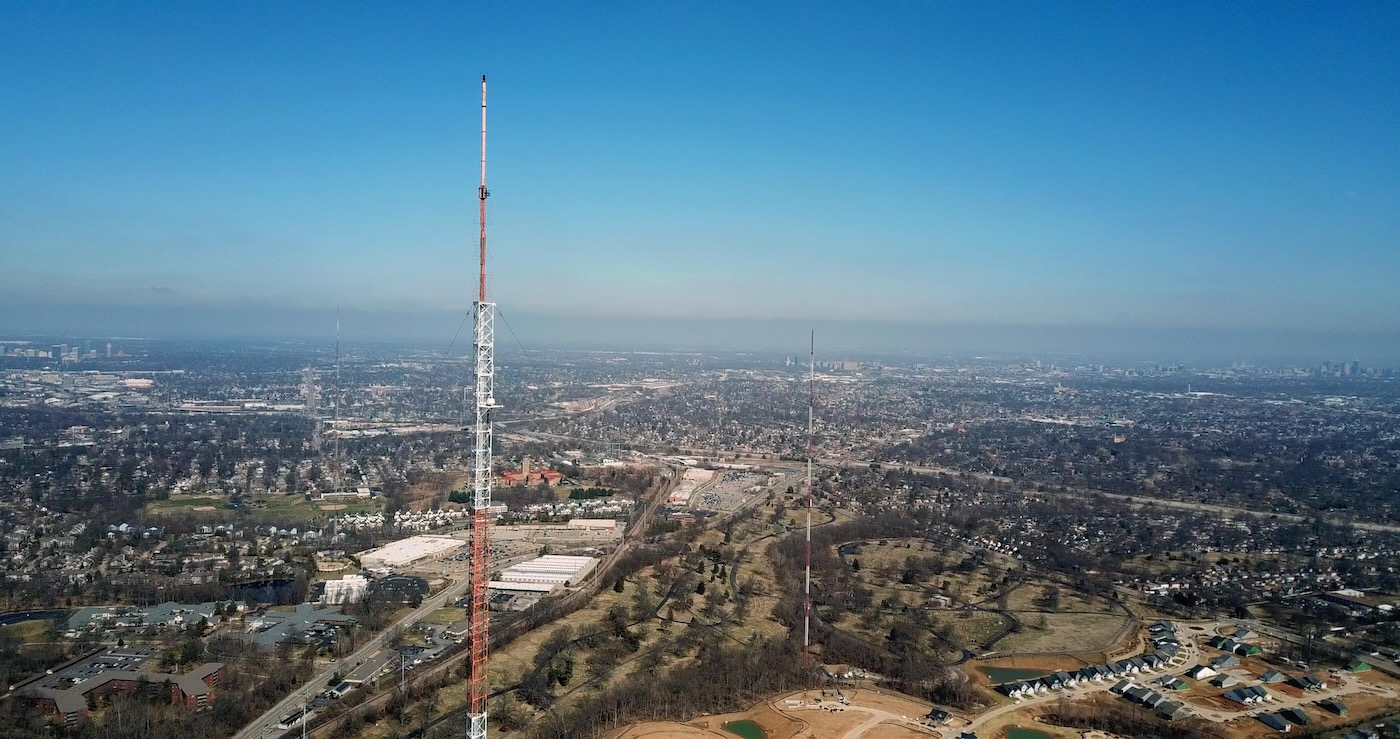Minivans are better than trucks
...at least if you have a family, and need to transport datacenter racks.
Consider this:
- You can fit full 4' x 8' plywood sheets in the back (assuming you fold down/remove the seats)
- You can fit up to 12' long dimensional lumber (1x2, 2x4, etc.) inside (passing it through the gap between front seats)
- You can seat 7 or even 8 people inside, somewhat comfortably, with at least 2-3 cupholders per person (still preserving 20-30 ft3 ((0.8m3) of storage space in the back!)
- You can fit a full 42" deep 42U datacenter rack in the back, with space left over for one or two 2U 1500VA UPSes

From: Look at my HUGE RACK! (moving vlog 11).
All that, and all 140ft3 (4.2m3) of interior storage is fully enclosed and climate-controlled.







